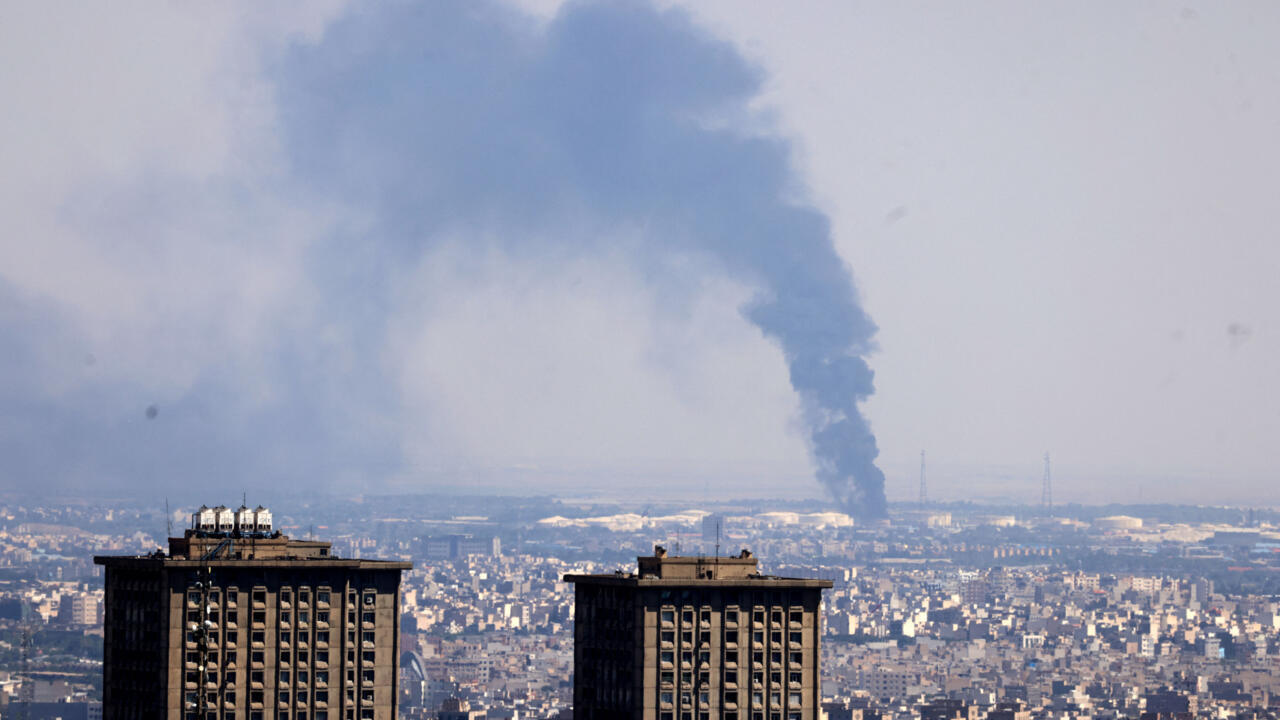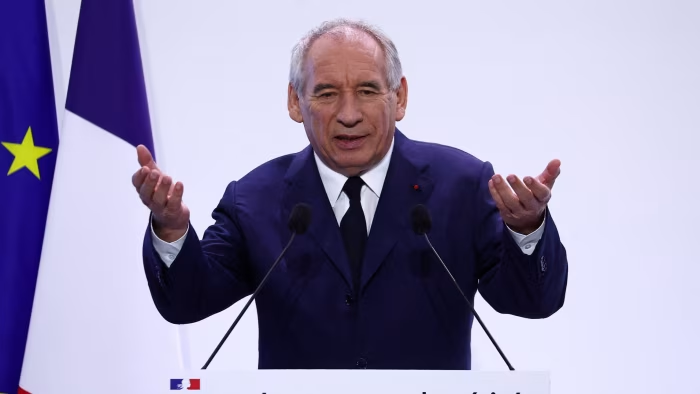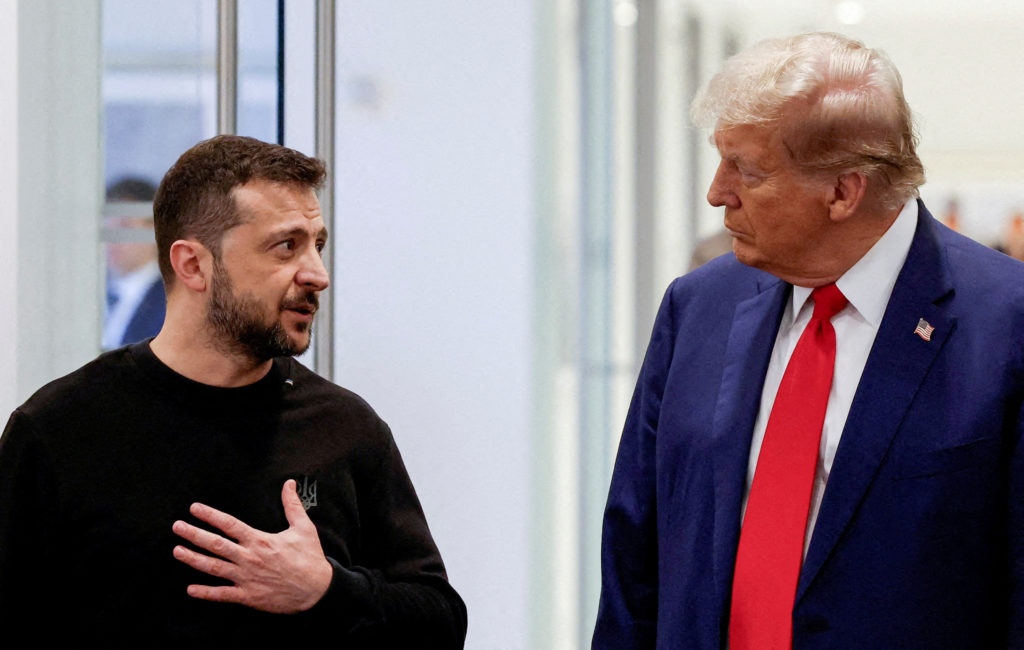Israel Strikes Back at Iran Despite Trump Warning

In a dramatic escalation of Middle East tensions, Israel resumed airstrikes on Iran mere hours after U.S. President Donald Trump brokered a ceasefire—and issued urgent warnings through both channels.
🕊️ Trump’s Ceasefire—Then a Collapse
Late Monday, President Trump announced a temporary ceasefire between Israel and Iran, intended to pause the “12‑day war” that had heretofore consumed the region. His declaration called on both sides to stand down, with strict enforcement: “ISRAEL. DO NOT DROP THOSE BOMBS… BRING YOUR PILOTS HOME, NOW!”.
Yet within the first hour of truce implementation, Israeli Defense Minister Israel Katz accused Iran of launching missiles and drones into northern Israel. The IDF reported intercepting over 15 drones. Tehran swiftly denied these claims.
💥 Israel’s Swift Retaliation
Responding to what it termed a “blatant violation,” Israel unleashed strikes on multiple sites near Tehran, including radar installations. Israel Katz said he had “ordered intense operations to attack Tehran” to neutralize the Iranian threat.
This abrupt return to hostilities unfolded despite Prime Minister Netanyahu previously stating that Israel would hold off after conversations with Trump. Netanyahu’s office later clarified that only limited strikes were carried out—justifying them as responses to presumed Iranian aggression .
🇺🇸 Trump: “I’m Really Unhappy”
Flying out to the NATO summit in The Hague, Trump slammed both nations:
“Israel, as soon as we made the deal, they came out and dropped a load of bombs…the biggest load… I’m really unhappy.”
“We basically have two countries… that don’t know what the fuck they’re doing.”
He reiterated his warning that any further Israeli strikes would constitute a “major violation” of the truce.
📉 Broader Political and Regional Implications
- Geopolitical ripple effects: This flare‑up overshadowed the NATO summit, where Trump also demanded increased defense spending from allies.
- Iran’s narrative: Tehran insists it did not breach the truce and accuses Israel of breaking the agreement.
- Civilian toll: The exchanges have continued to threaten civilian areas—Beersheba and northern Israel experienced missile sirens and casualties, while Tehran suffered explosions and radar facility damage.
- Next steps: Israel claims its core objectives—crippling Iran’s nuclear and missile capabilities—have been largely achieved. Yet with no stable enforcement mechanism, the truce remains fragile.
🔎 What to Watch
| Factor | What It Means |
|---|---|
| Trump’s Role | Washington’s ability to broker and enforce ceasefires is under scrutiny. His unpredictable stance—shifting between aggression and calls for calm—adds uncertainty. |
| Israel’s Capabilities | Israeli strikes on key radar/missile sites show advanced operational reach, yet risks escalating the conflict may outweigh gains. |
| Iran’s Response | Tehran’s denials complicate verification—if Iran did retaliate, it may recalibrate its regional strategy. |
| Diplomatic Channels | With the truce unraveling, international pressure, including behind-the-scenes EU & Qatar diplomacy, will intensify. |
📰 Final Word
What began as a potential pause in the cycle of violence evolved into another serious confrontation—highlighting persistent instability in the region. Israel is pushing hard to eliminate perceived nuclear threats; Iran continues to resist. And the U.S.—once mediator, now critical enforcer—may have reached the limits of its influence.





